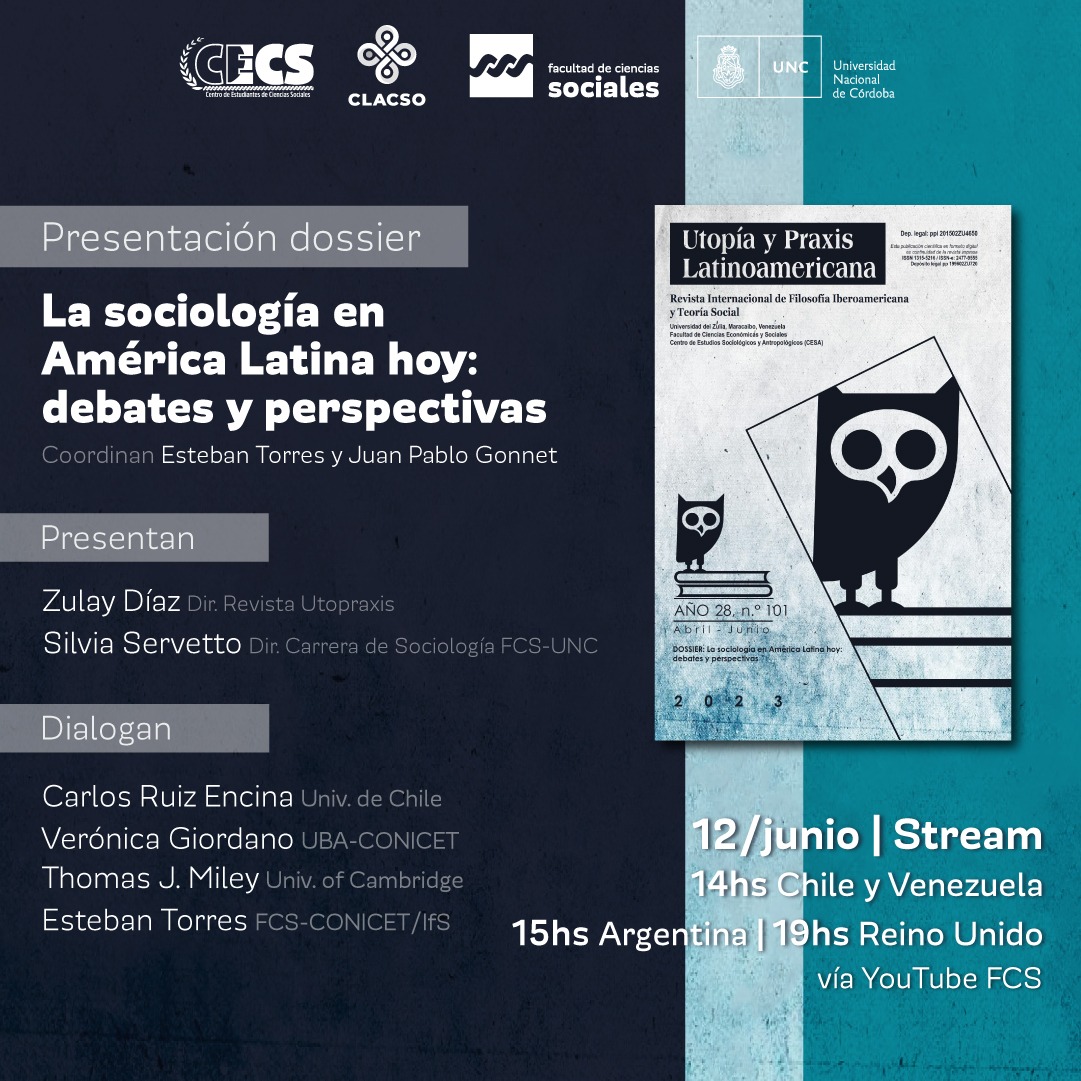Advanced Analyses of Text
Resumen
ABSTRACT
This study aims to analyze texts through analysis of invisible text, which includes many meanings, expressions and norms that can be accessed by symbolic behavior such as language, literature, and the arts. In recent decades, the rapid increase in the development and availability of resources and computational technology has led to an increase in the analysis of multimedia texts that appear in a range of disciplines in clouded in the above study the prevalence of contemporary digital media forms requires researchers to keep sociocultural developments. At this stage, multimedia studies are required as a kind of experimental text
Citas
DAVIES, M. & RAVELLI, L.J. (1992). Advances in Systematic linguistics: Recent Theory and Practice, London.
DOWNING, A. & LOCKE, P. (2006). English Grammar, a University course. New Yourk: Routledge.
Evaluative text analysis, first published in R. Steele and T.Threadgold, language Topics, Essays in Honour of Michael Halliday, 1987.
FROMKON, V. (2017) An Introduction to Language. USA: Cengage.
O`HALLORAN, K.L. & SMITH, B.A., “Multimodal Text Analysis”, 2-4, 7-11.
POPPING, R., “Computer-Assisted Text Analysis”, 1, 26-29.
PUAL, J. (1999). An Introduction to Discourse Analysis. Great Britain Clays Ltd.
SALKIR, R. (1995) Text and Discourse Analysis Great Britain: T.J. International Ltd, padstow, Cornwall.
TAUSCZIK, Y.R., PENNEBAKER, J. W. (2010). “The Psychological Meaning of Words: LIWC and Text Analysis Methods”, Journal of Language and Social Psychology29(1) 24–54
YULE, G. (2010). The study of Language. New York: Cambridge press.












